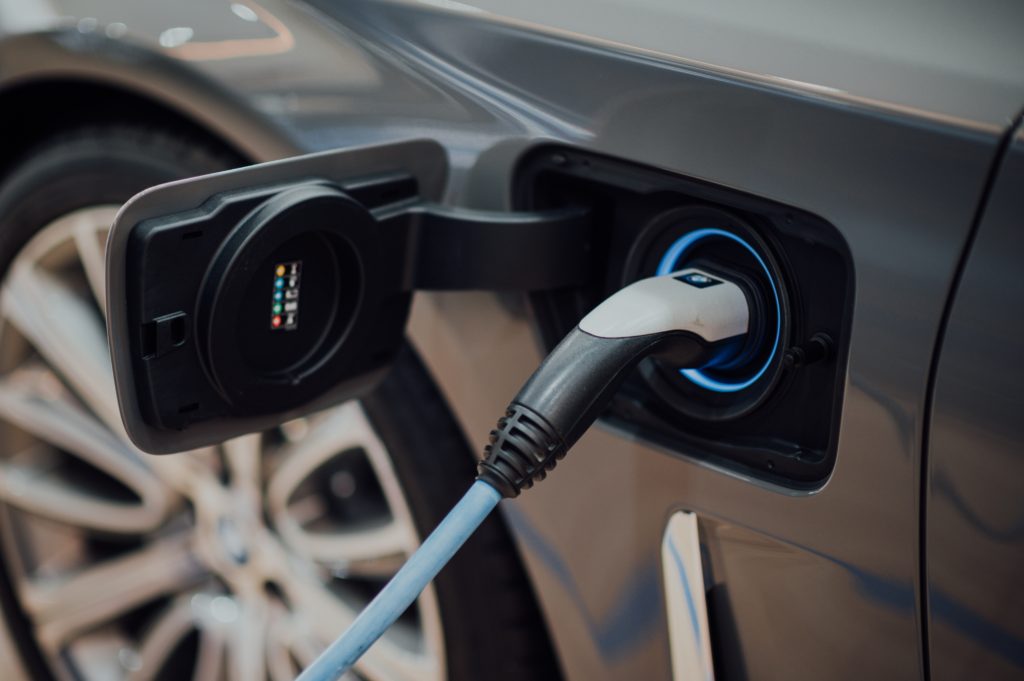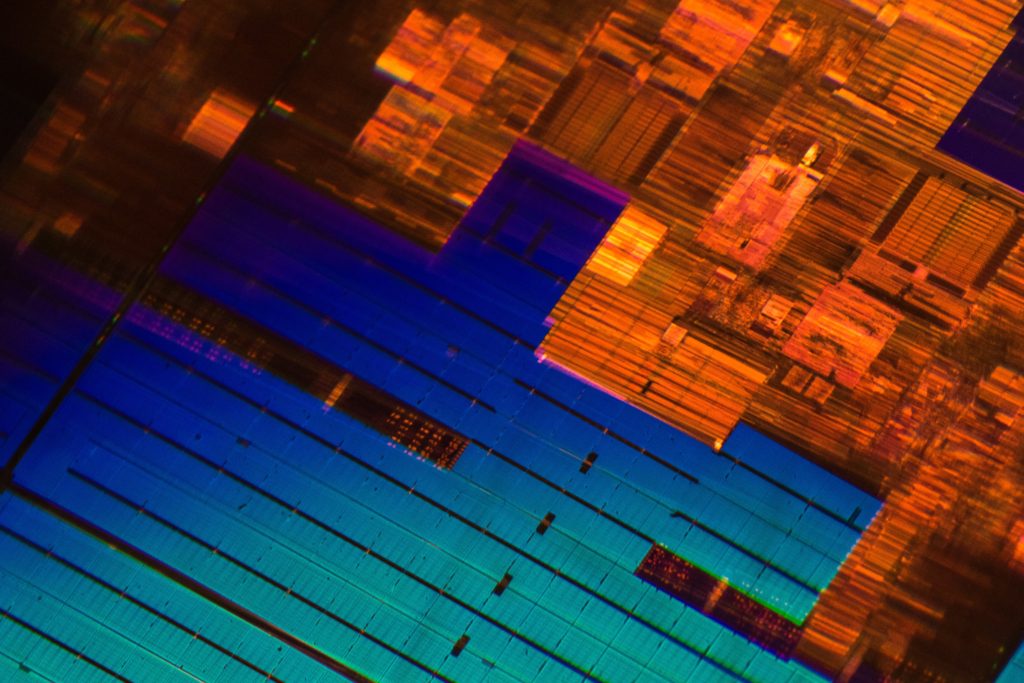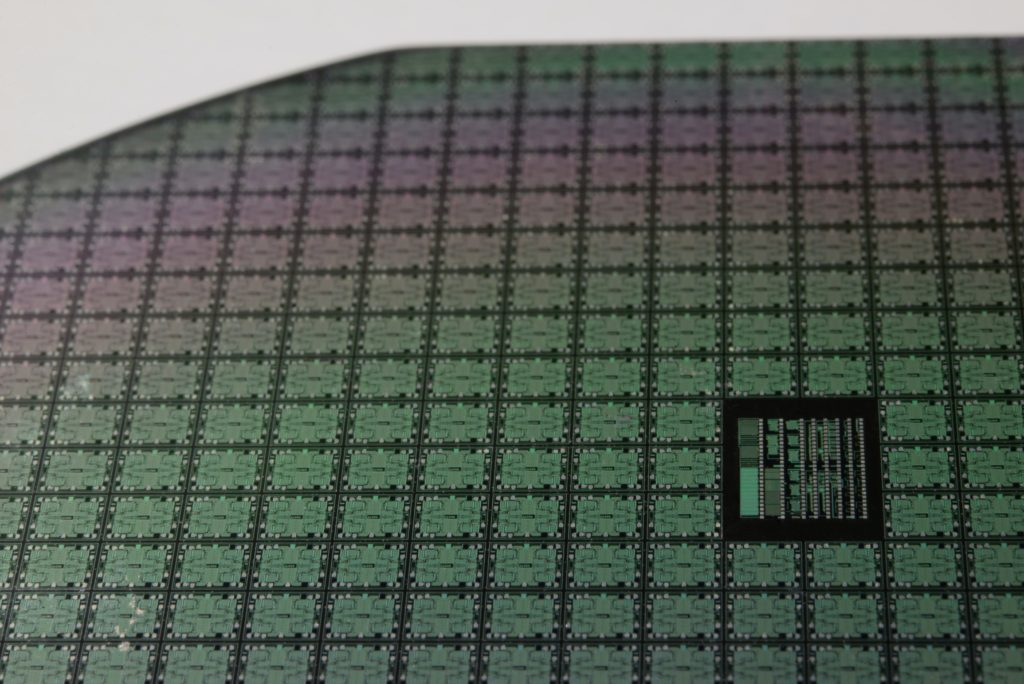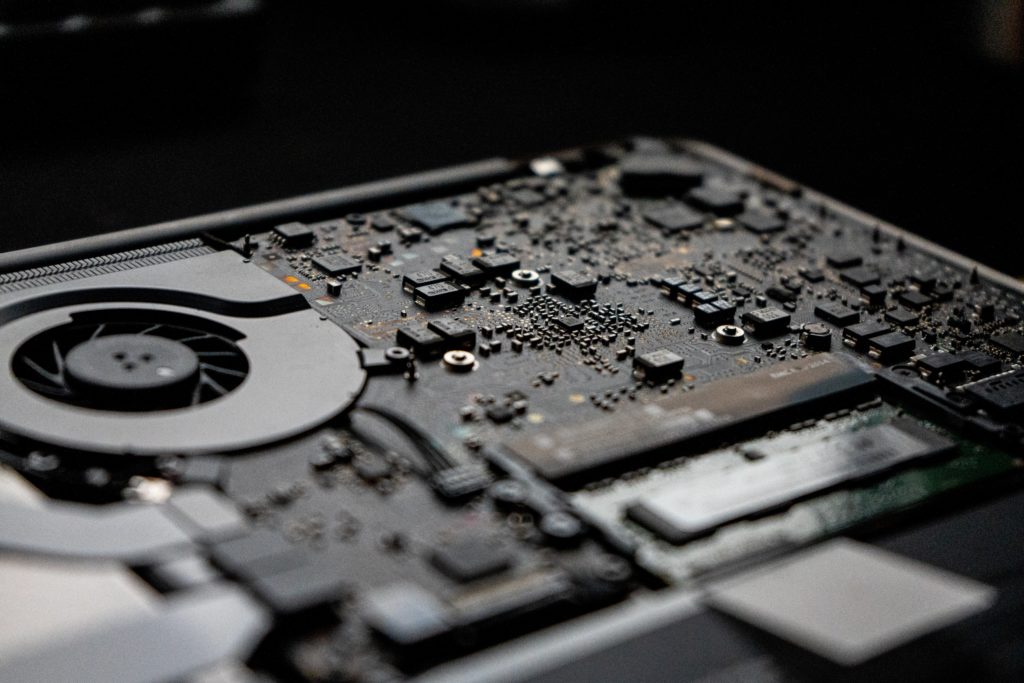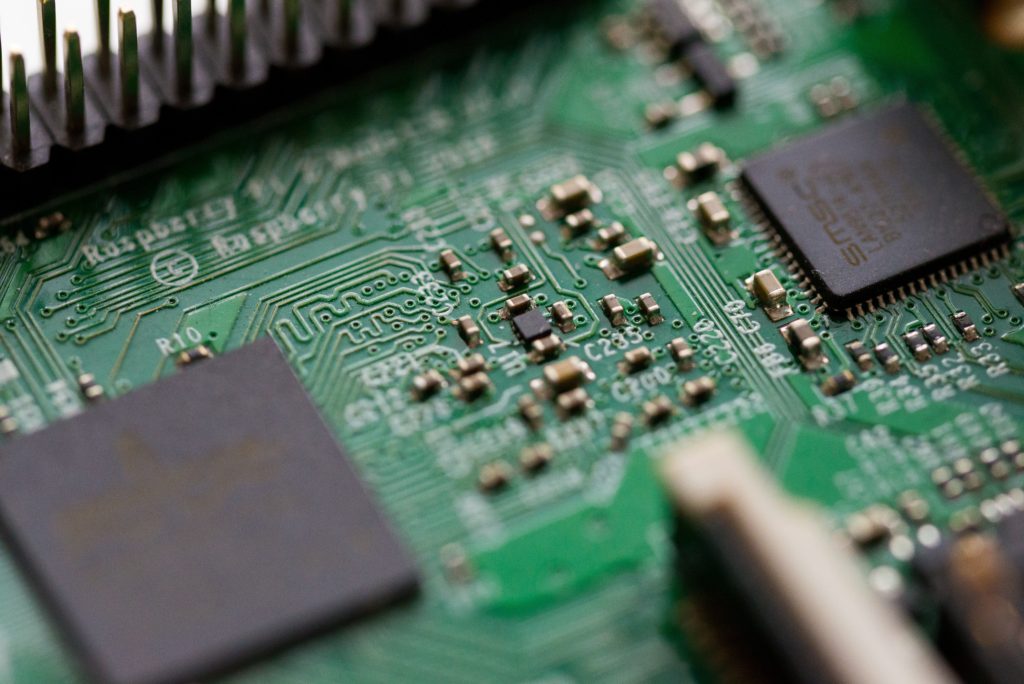Photo by David Becker on Unsplash
India has over 500 million mobile telecom subscribers. The average data usage in India on mobile devices is 10 GB per month. With stiff competition and more remote work, the demand for faster data is going to increase. With 500 million more mobile subscribers to come on board in the next decade, the need for better telecom infrastructure that caters to the data needs without comprising user experience is going to be the key.
As of today, India has approximately 400 million 4G subscribers. The major push has been due to the stiff competition created by Reliance Jio, which has enabled faster than expected adoption of 4G and created the infrastructure that is enabling remote places to access entertainment to educational content at the click of the button.
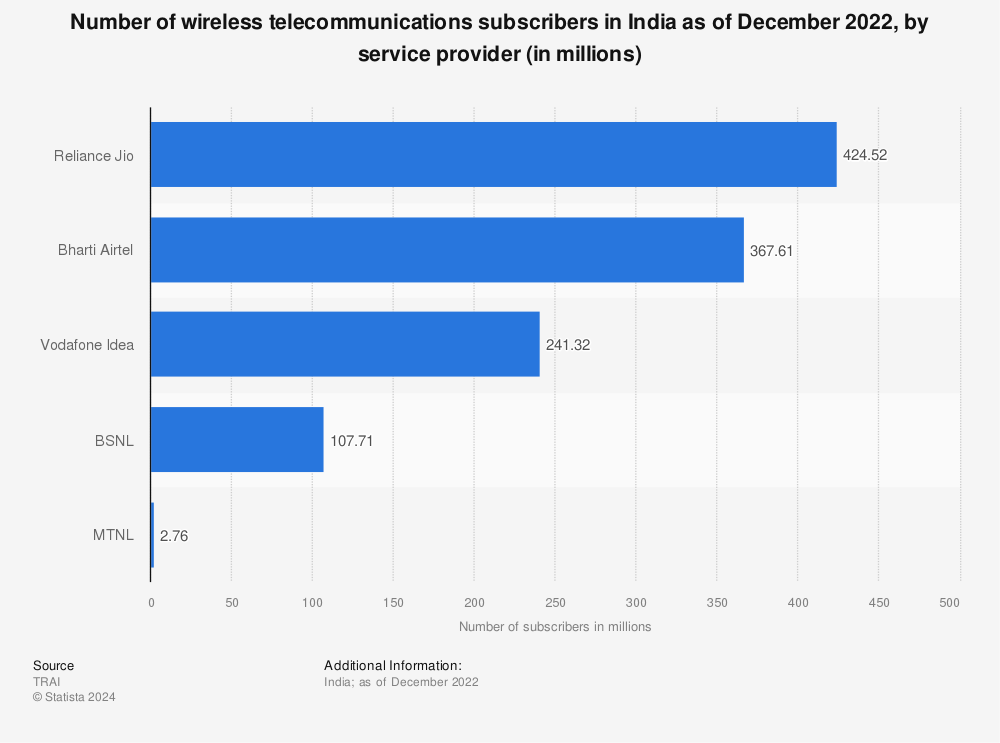
Compared to other countries, India has been late to the 4G party. With many countries already on 4G for more than a decade. And, advanced countries already moving to OR have already moved to 5G, which China leading with 80 million subscribers.
Data-On-Demand is going to be the factor in enabling country foster growth from education, employment, and business point of view. 4G provides an average data speed of up to 1 Gbps, while 5G is capable of providing 20 Gbps. With such a huge difference, countries with 5G are going to leap forward in information technology by equipping academia and industry with access to Data-On-Demand.
Any country not thinking and progressing towards 5G OR better wireless technology is going to be left behind. A country like India with 1.4 Billion population, simply cannot afford to be the one. It is time India starts implementing 5G in major metro cities which can allow the creation of infrastructure required to scale 5G country-wide.
WHAT IS 5G
The last four decades have shown different mobile telecommunication technologies. It started with 1G (G = Generation) which allowed wireless voice communication without any data capability. Traditionally, the mobile devices used were bulky without much power to last long.
Then the world moved to 2G, which introduced the concept of mobile data communication along with the voice. It enabled packet-based transfer of data which could load basic HTML websites. Was perfect for business travelers as it allowed them to keep track of emails and other tools with data speed of up to 40 Kbps.
3G which was a big jump from 2G concerning data speed. It enabled data loading of up to 30 Mbps. Now users could also watch videos apart from visiting text-based websites. It also marked the re-invention of smartphones from being keyboard to touch-based, which also came equipped with applications. It required upgrading the telecom infrastructure and was a key enabler in the digital revolution in many countries as businesses could target mobile users with numerous solutions on the go.

The existing 4G mobile communication technology in use in the majority of the countries was another leap in data transfer speeds. It coincided with faster, efficient, and data-driven applications that pushed the growth of smarter mobile devices. It also provided the real meaning to HotSpots that allowed people to access high-speed data on the go. 4G also ensured the growth of the digital video services for entertainment and education by providing networks of high-speed infrastructure that allowed data transfer up to 1 Gbps.
5G is a big leap forward. It is not just about mobile device communication, it is more about making all the infrastructures smarted. It is capable of ensuring high data communication is available on demand for any smart device. From buildings to trains, to airplanes to cars and businesses are going to be needing on the go data access and 5G is capable of providing it with up to 20 Gbps data speed. It is also expected that 5G is going to drive XR reality to its true potential.
Post COVID-19 is going to ensure that every business is digitally equipped and in a country like India which such a vast diverse population needing different services and contents, 5G is going to be the enabler of 360-degree growth.
5G IN INDIA
Without a proper telecommunication infrastructure, 5G growth and adoption is not possible. There are many aspects that need to be upgraded to implement 5G. For India, the following two will be the key factors:
5G SMART-INFRASTRUCTURE
Without upgrading the current 4G telecommunication infrastructure to 5G it will be impossible to drive adoption. The existing 4G user base will have to kept catered without any issues and hurdles while upgrading the telecommunication wireless networks to make all the communication capable
This will require big investments, and with the way things are going in India’s telecom sector, capital expenditure is going to be the last question in everyone’s mind. 5G will not be only about mobile communication but also in a soon everything connected world, the demand for 5G will be 10 fold and that will mean taking a smart look at the infrastructure

5G SMART-DEVICES
Not only 5G networks will have to be upgraded, but the end-users devices also have to be equipped with 5G electronic chips. The solution of 5G is already present in the market. Many smart device manufacturers have already introduced 5G capable devices
For India, the key will be to lower the cost in order to ensure that more than 500 million users with existing 4G enabled devices are tempted to move to 5G capable devices5G might also lead the invention of new spending model for smart devices that will be more towards data to cost rather than device cost.
5G OPPORTUNITIES IN INDIA
The adoption of a faster network like 5G is only going to push the digital innovation to the next level. With numerous online training, certification, and education content apart from entertainment options, the opportunity that 5G will present is enormous.
5G is going to create employment for people with skills to develop and manage smart infrastructure around it in India. It will act as a catalyst in inviting foreign companies to set up research and development centers along with manufacturing units to create large numbers of smart devices that will be required.
The auto industry that is well set in India will see another round of innovation with cars equipped with 5G features to make them safer and smart. It will drive faster consumption of content and information which will also mean faster creation of content and data required to meet the demand.

Cross reality is touted to be the next-big-thing in the information exchange sector. With 5G’s faster and reliable connectivity, virtual reality, mixed reality and cinematic reality is going to see growth and innovation which has never been seen before.
5G HURDLES IN INDIA
One of the key requirement for 5G in India is the allocation of spectrum. Without the official allocation of spectrum, it will be difficult to create infrastructure. 5G spectrum cost is also going to add pressure on telecom companies and they might not be keen to implement and upgrade the infrastructure. Eventually, any high spectrum cost will be passed on to the subscribers. One more hurdler is choosing the preferred technology partners.
Currently, Huawei being one of the leaders in 5G infrastructure creation and being a China company is going to add another hurdle with the Government of India not keen on critical in structure involving companies from China. India’s Jio is hoping to make in house 5G infrastructure to tackle such a situation. It will be interesting to see how it works out, but in the end, the solution also needs to come from other telecom service providers to ensure a fair market.
2020 was supposed to be the year when 5G spectrum allocation was to take place, however, it has been postponed to 2021. With another year gone, and China already having 80 million 5G subscribers, India is going to be behind in 5G innovation.
With COVID-19 showing the way of changing the working environment, India will be left far behind if 5G spectrum allocation does not take place at the earliest.
For India’s digital growth it is vital that 5G implementation starts today and not tomorrow.
5G WILL ENABLE DATA DEMAND AND DATA SUPPLY COMPETITION
PSA
Qualcomm is one of the leaders in 5G wireless solutions and the talk by John E. Smee on 5G evolution is really interesting.



